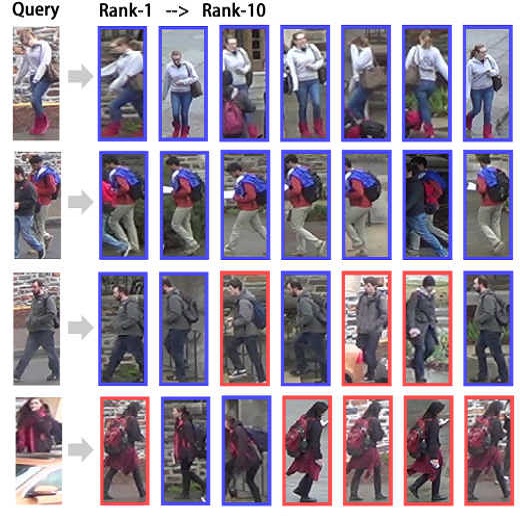This paper investigates the dependence of existing state-of-the-art person re-identification models on the presence and visibility of human faces. We apply a face detection and blurring algorithm to create anonymized versions of several popular person re-identification datasets including Market1501, DukeMTMC-reID, CUHK03, Viper, and Airport. Using a cross-section of existing state-of-the-art models that range in accuracy and computational efficiency, we evaluate the effect of this anonymization on re-identification performance using standard metrics. Perhaps surprisingly, the effect on mAP is very small, and accuracy is recovered by simply training on the anonymized versions of the data rather than the original data. These findings are consistent across multiple models and datasets. These results indicate that datasets can be safely anonymized by blurring faces without significantly impacting the performance of person reidentification systems, and may allow for the release of new richer re-identification datasets where previously there were privacy or data protection concerns.
翻译:本文调查了现有最先进的人再识别模型对人类面孔的存在和可见度的依赖性。 我们应用了面部检测和模糊算法来创建若干受欢迎的人再识别数据集匿名版本,包括市场1501、DukeMMMC-reID、CUHK03、Viper和机场。我们使用在准确性和计算效率方面各有差异的现有最先进的模型的交叉部分,用标准度量来评估这种匿名化对再识别性能的影响。也许令人惊讶的是,对MAP的影响非常小,而准确性是通过对数据匿名版本而不是原始数据的简单培训而恢复的。这些调查结果在多个模型和数据集之间是一致的。这些结果表明,数据集可以通过模糊面孔安全地进行匿名,而不会对个人再识别系统的性能产生显著影响,并可能允许在先前存在隐私或数据保护问题的地方发布新的更丰富的再识别数据集。



